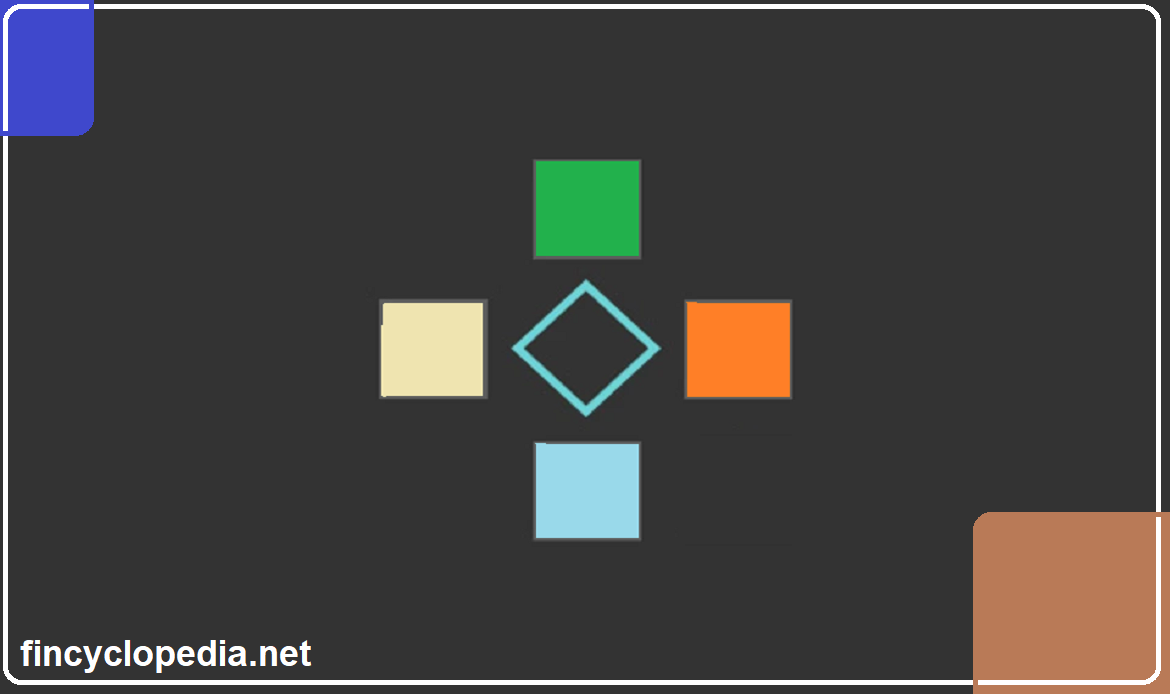In terms of its modus operandi, ijarah can be classified as operating ijarah and financial ijarah:
Operating ijarah (ijarah tashgheeliah):
Conventionally, operating ijarah used to be the one and only type of ijarah. According to operating ijarah, an owner of a property leases it to others for a specified period. The ownership of the leased property remains with the owner at the end of the lease tenor. For example, an Islamic bank could have some properties/ assets on its books for lease. These properties/ assets will remain on the bank’s books at the end of ijarah. Typically, this operating lease is not preceded by a promise by the owner to sell it to the lessor.
Financial ijarah (ijarah muntahia bittamleek):
This is a modern form of ijarah that has been created following the evolution of Islamic banking and finance. It constitutes a form of ijarah in which ownership is transferred to the lessee at the end of a specific period. According to the method of ownership transfer, this particular type of ijarah can be classified into four different types:
- Ijarah muntahia bittamleek through hibah (gift): where legal title is transferred to the lessee without any more payments. The financial lease that is associated with hibah-type transfer is widely used by Islamic banks. The hibah (gift) can be either ordinary (unconditional) or conditional. Ordinary hibah is not embedded with a condition of payment of all rental installments, while conditional hibah contains such a condition, which makes it legally more enforceable (once the lessor pays the last installment, the lessor is legally bound to automatically transfer the property title).
- Ijarah muntahia bittamleek through ba’i (sale): in this type of ijarah, the lease agreement is executed with an understanding that the lessor will sell the property to the lessee at the end of ijarah tenor. This sale-based transfer can take a number of forms:
- Ijarah muntahia bittamleek through transfer of legal title at the end of lease tenor for a nominal consideration.
- Ijarah muntahia bittamleek through transfer of legal title prior to the end of lease tenor for a price that is equivalent to the remaining ijarah installments (net of rental).
- Ijarah muntahia bittamleek through gradual transfer of legal title of the leased property.
In terms of its delivery schedule, ijarah can be divided into spot ijarah and forward ijarah:
Spot ijarah:
The usufruct of the leased property/ asset is made available immediately, i.e., once the ijarah agreement is entered into.
Forward Ijarah (ijarah mawsufah fi al-dhimmah):
The usufruct of the leased property/ asset will be made available in the future based on clear-cut specifications. In this sense, the would-be leased property/ asset is reported on the lessor’s books as a liability. This classification applies to both operating and financial leases. In practice, forward ijarah is used by Islamic banks as a source of liquidity. In other words, the funds received from lessees will be pooled and used in developing the construction project or the production process subject to lease rules and principles.
The payment of rental amounts will be made in advance over the period between ijarah contract date and forward delivery date. After this period, the lessor will be liable to reimburse the lessee of all or some of the advance rental because the lessor fails to deliver the underlying property/ asset on the specified delivery date as agreed.






